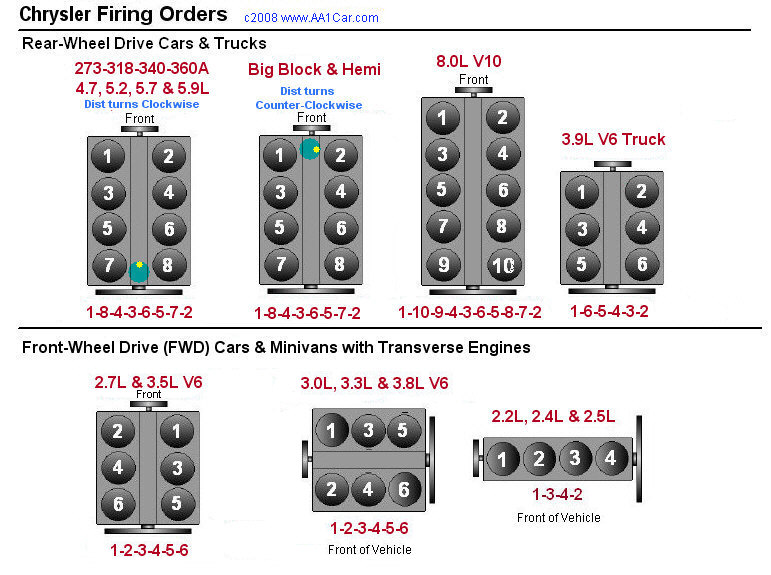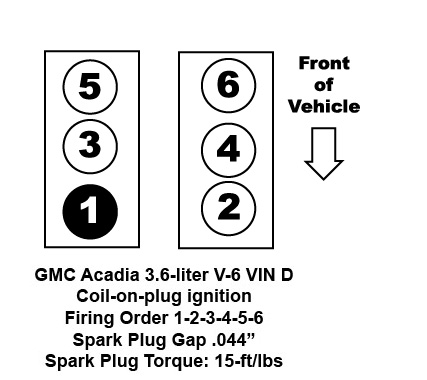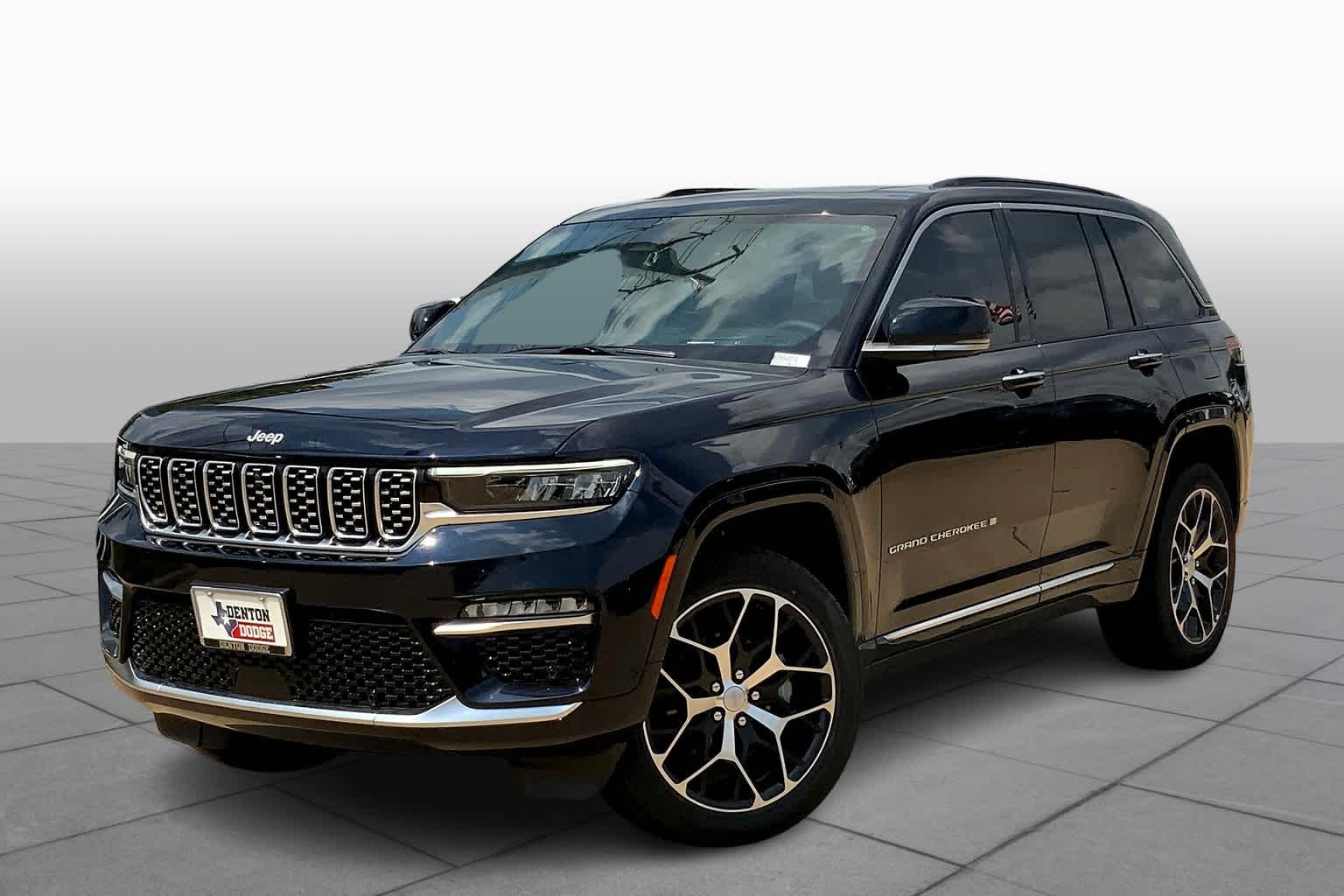The Jeep 3.6-liter engine firing order is 1-2-3-4-5-6. This sequence ensures smooth engine performance and efficiency.
The firing order of an engine is crucial for its optimal performance. For Jeep’s 3. 6-liter V6 engine, the specific firing order helps maintain a balanced operation, reducing vibrations and enhancing fuel efficiency. A proper firing order also minimizes wear and tear on engine components, thereby extending the engine’s lifespan.
Understanding this sequence is essential for anyone performing maintenance or troubleshooting issues. Whether you’re a seasoned mechanic or a Jeep enthusiast, knowing the 3. 6-liter engine’s firing order can assist in diagnosing problems and ensuring your vehicle runs smoothly. This knowledge can save time and prevent costly repairs.

Credit: www.aa1car.com
Introduction To Jeep 3.6 Engine
The Jeep 3.6 engine is a powerhouse known for its performance. It’s a V6 engine used in many Jeep models. Understanding its firing order is crucial for maintenance.
Engine Overview
The 3.6-liter Pentastar V6 engine powers various Jeep models. This engine delivers a blend of power and efficiency. It features a 60-degree V6 layout. The engine has an aluminum block and cylinder heads. This makes it lighter and more efficient.
The engine also uses variable valve timing (VVT). This technology optimizes power and fuel efficiency. The Jeep 3.6 engine is versatile and reliable. It can handle off-road adventures and daily commutes.
Key Features
| Feature | Description |
|---|---|
| Displacement | 3.6 liters |
| Horsepower | Up to 305 HP |
| Torque | Up to 269 lb-ft |
| Fuel System | Sequential Multiport Fuel Injection (SMPI) |
| Valve Configuration | DOHC |
The engine also incorporates Electronic Throttle Control (ETC). This feature ensures precise throttle response. It helps in improving fuel economy.
The Jeep 3.6 engine boasts high thermal efficiency. Its design reduces friction and improves durability. It’s built to provide a smooth driving experience.
Importance Of Firing Order
The firing order of a Jeep 3.6 engine is vital. It affects engine efficiency and performance impact. Understanding this can help you maintain your vehicle better. Let’s dive into why this is so important.
Engine Efficiency
The firing order refers to the sequence in which the cylinders fire. This sequence ensures the engine runs smoothly. If the firing order is incorrect, the engine may misfire. Misfires waste fuel and reduce efficiency.
Proper firing order allows balanced engine operation. It minimizes vibrations and optimizes fuel combustion. This balance is crucial for fuel economy and engine longevity.
Performance Impact
Correct firing order enhances vehicle performance. It ensures all cylinders fire at the right time. This timing maximizes power output and torque.
Incorrect firing order can cause engine knock. Engine knock damages internal components and reduces performance. Maintaining the correct firing order prevents these issues.
In summary, the firing order is critical for both efficiency and performance. Keeping it in check ensures your Jeep 3.6 engine runs at its best.
Jeep 3.6 Firing Order Details
The Jeep 3.6 engine’s firing order is crucial for its performance. Knowing the firing order helps in diagnosing engine issues. This guide covers the cylinder numbering and the firing sequence of the Jeep 3.6 engine.
Cylinder Numbering
The Jeep 3.6 engine has six cylinders. The cylinders are numbered in a specific order. Here is the numbering:
| Position | Cylinder Number |
|---|---|
| Front Left | 1 |
| Middle Left | 3 |
| Rear Left | 5 |
| Front Right | 2 |
| Middle Right | 4 |
| Rear Right | 6 |
Firing Sequence
The firing sequence of the Jeep 3.6 engine is also important. The firing order follows a specific pattern. Here is the firing sequence:
- 1
- 2
- 3
- 4
- 5
- 6
Each cylinder fires in this order. This ensures smooth engine operation. Misfiring can cause engine problems. Always use the correct firing order.
Knowing the Jeep 3.6 firing order helps maintain your engine. Proper maintenance leads to better performance and longevity.
Common Issues With Incorrect Firing Order
An incorrect Jeep 3.6 firing order can lead to various engine problems. These issues can affect your vehicle’s performance, efficiency, and longevity. Understanding these common issues is crucial for maintaining a healthy engine.
Misfires
Misfires are a common symptom of an incorrect firing order. When the engine’s cylinders do not fire in the correct sequence, it can cause uneven power distribution. This leads to rough idling and poor acceleration.
- Rough Idling: The engine may shake or vibrate when idling.
- Poor Acceleration: The vehicle struggles to gain speed.
- Reduced Fuel Efficiency: The engine consumes more fuel than usual.
Engine Damage
Incorrect firing order can also cause severe engine damage. Continuous misfires can lead to overheating and increased wear on engine components.
Overheating: Misfires can cause the engine to run hotter than normal. This may lead to overheating, which can damage various engine parts.
Increased Wear: Components like pistons and valves may wear out faster. This can result in costly repairs and reduced engine lifespan.
| Issue | Cause | Effect |
|---|---|---|
| Misfires | Incorrect firing sequence | Rough idling, poor acceleration |
| Overheating | Continuous misfires | Engine damage |
| Increased Wear | Uneven power distribution | Costly repairs |
Maintaining the correct firing order is essential. It helps keep your Jeep 3.6 engine running smoothly and efficiently.
Steps To Check Firing Order
Checking the firing order of your Jeep 3.6 engine is essential. It ensures your engine runs smoothly. Follow these steps to check the firing order accurately.
Tools Needed
- Socket Wrench Set
- Screwdriver
- Owner’s Manual
- Flashlight
- Gloves
Visual Inspection
Start by visually inspecting the engine. Look for any obvious issues. Ensure all spark plug wires are connected properly.
Use a flashlight to get a better view of the engine. Check for any loose or damaged wires. If you find any, replace them immediately.
- Refer to your owner’s manual for the firing order diagram.
- Locate the spark plugs on the engine.
- Identify the number on each spark plug wire.
- Match the numbers to the firing order in the manual.
- Ensure each wire is connected to the correct spark plug.
If all wires are connected correctly, your firing order should be correct. If not, rearrange the wires as per the manual.
Always wear gloves while working on the engine. It protects your hands from dirt and heat.

Credit: www.youtube.com
How To Correct Firing Order
Correcting the firing order in a Jeep 3.6 engine is crucial for optimal performance. Proper firing order ensures smooth running and prevents engine damage. Follow the steps below to adjust the spark plugs and reconnect ignition wires.
Adjusting Spark Plugs
First, you need to locate the spark plugs on your Jeep 3.6 engine. Refer to your vehicle’s manual for the exact location. Usually, spark plugs are placed in a straight line.
Remove the spark plug wires carefully. Use a spark plug socket to unscrew the plugs. Inspect each plug for wear and tear. Replace any damaged plugs with new ones. Ensure the new plugs match the manufacturer’s specifications.
Once you have inspected or replaced the spark plugs, screw them back in. Tighten them using a spark plug socket. Avoid overtightening to prevent damage. Reinstall the spark plug wires, ensuring each wire connects to the correct plug.
Reconnecting Ignition Wires
Next, focus on reconnecting the ignition wires. Refer to your Jeep’s firing order diagram. This diagram shows the correct sequence for reconnecting wires.
Follow the firing order to avoid misfires. For a Jeep 3.6 engine, the firing order is usually 1-6-5-4-3-2. This means wire 1 connects to cylinder 1, wire 2 to cylinder 6, and so on.
Reconnect each ignition wire carefully. Ensure each wire snaps securely onto the spark plug. Double-check all connections for tightness. A loose connection can cause engine misfires.
| Cylinder Number | Ignition Wire |
|---|---|
| 1 | 1 |
| 6 | 2 |
| 5 | 3 |
| 4 | 4 |
| 3 | 5 |
| 2 | 6 |
After reconnecting all wires, start the engine. Listen for smooth running. If the engine runs rough, check the connections again.
Maintenance Tips For Optimal Performance
Maintaining your Jeep 3.6 engine is crucial for its longevity. Regular inspections and timely replacements can prevent issues. These tips will help keep your engine running smoothly.
Regular Inspections
Regular inspections can identify potential problems early. Check the spark plugs, ignition coils, and wires. Make sure they are in good condition.
- Spark Plugs: Inspect for wear and tear. Replace if necessary.
- Ignition Coils: Ensure they are functioning properly. Look for cracks or damage.
- Wires: Check for any signs of fraying or corrosion.
Timely Replacements
Replacing worn-out parts on time is vital. Use high-quality parts for replacements.
- Spark Plugs: Replace every 30,000 miles or as recommended.
- Ignition Coils: Change if you notice misfires or poor performance.
- Wires: Replace if they show signs of wear. This prevents misfires.
| Component | Inspection Frequency | Replacement Frequency |
|---|---|---|
| Spark Plugs | Every 10,000 miles | Every 30,000 miles |
| Ignition Coils | Every 15,000 miles | As needed |
| Wires | Every 10,000 miles | As needed |

Credit: www.shopjeepparts.com
Frequently Asked Questions
What Is The Firing Order Of The Jeep Wrangler 3.6 L?
The firing order for the Jeep Wrangler 3. 6 L engine is 1-2-3-4-5-6. This sequence ensures smooth engine operation.
What Is The Firing Order For A 3.6 L?
The firing order for a 3. 6 L engine is 1-2-3-4-5-6. Ensure proper sequence for optimal performance.
What Is The Firing Order Of The 2018 Jeep Wrangler V6?
The firing order of the 2018 Jeep Wrangler V6 is 1-6-5-4-3-2. This sequence ensures optimal engine performance.
What Is The Order Of The Cylinders In A 2012 Jeep Wrangler V6?
The cylinder order for a 2012 Jeep Wrangler V6 is 1-2-3-4-5-6. This sequence ensures proper engine function.
Conclusion
Understanding the Jeep 3. 6 firing order is crucial for optimal engine performance. This knowledge can prevent costly repairs. Ensure your Jeep runs smoothly by following the correct firing sequence. Regular maintenance and proper firing order contribute to engine longevity.
Stay informed and keep your Jeep in top condition.

